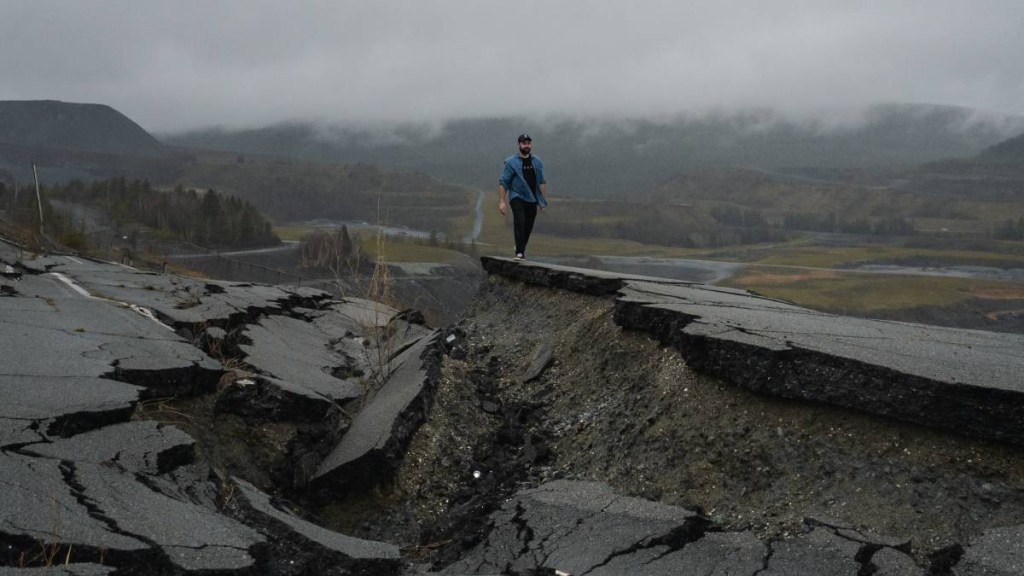Kiren Rijiju, Union Earth Sciences Minister, recently revealed the reason behind the increased number of earthquakes in India this year. The minister said that the activation of the Almora fault in western Nepal in 2023 led to this occurrence. The Almora fault became active, leading to significant mainshock earthquakes on January 24 (magnitude 5.8), October 3 (magnitude 6.2), and November 3 (magnitude 6.4). These mainshocks, along with subsequent aftershocks, resulted in a higher frequency of earthquakes throughout the year.
In a reply in Parliament, Rijiju clarified that the overall seismic activity background remained constant during this period. He explained that moderate earthquakes occasionally occur in northern India and Nepal due to the collision of tectonic plates. The Himalayan region, where the Indian plate subducts beneath the Eurasian Plate, makes this area highly prone to frequent earthquakes.
The Almora fault is a tectonic plane with a high angle, trending from west-northwest to east-southeast, separating the Garhwal group of the inner lesser Himalayas in the north from the Jaunsar and Dudatoli Groups of the outer lesser Himalayas in the south.
Rijiju highlighted that the Bureau of Indian Standards (BIS) has published the Seismic Zoning Map of India, providing guidelines from Zone II to V for constructing earthquake-resistant buildings.
The National Disaster Management Authority (NDMA) plays a crucial role in implementing precautionary measures, including earthquake drills, awareness programs, and earthquake management, to enhance preparedness and response to earthquake-related incidents.
He recounted notable earthquakes in 2023, such as the January 24 event (magnitude 5.8) felt strongly in Delhi, Uttar Pradesh, and Uttarakhand. On October 3, two earthquakes of magnitude 4.6 and 6.2 occurred in Nepal, with tremors felt in Delhi-NCR. Additionally, on November 3, a powerful earthquake of magnitude 6.4 struck Nepal, followed by more than 382 aftershocks.
